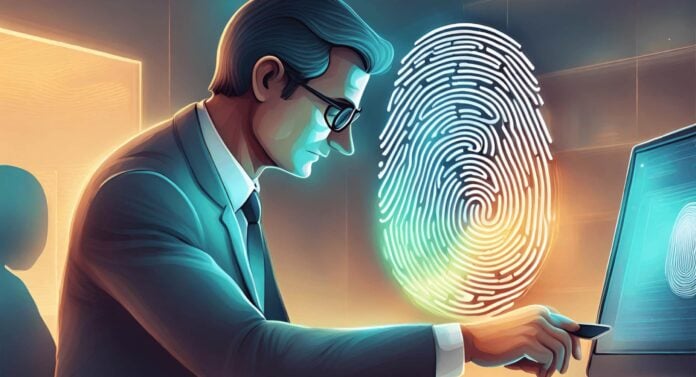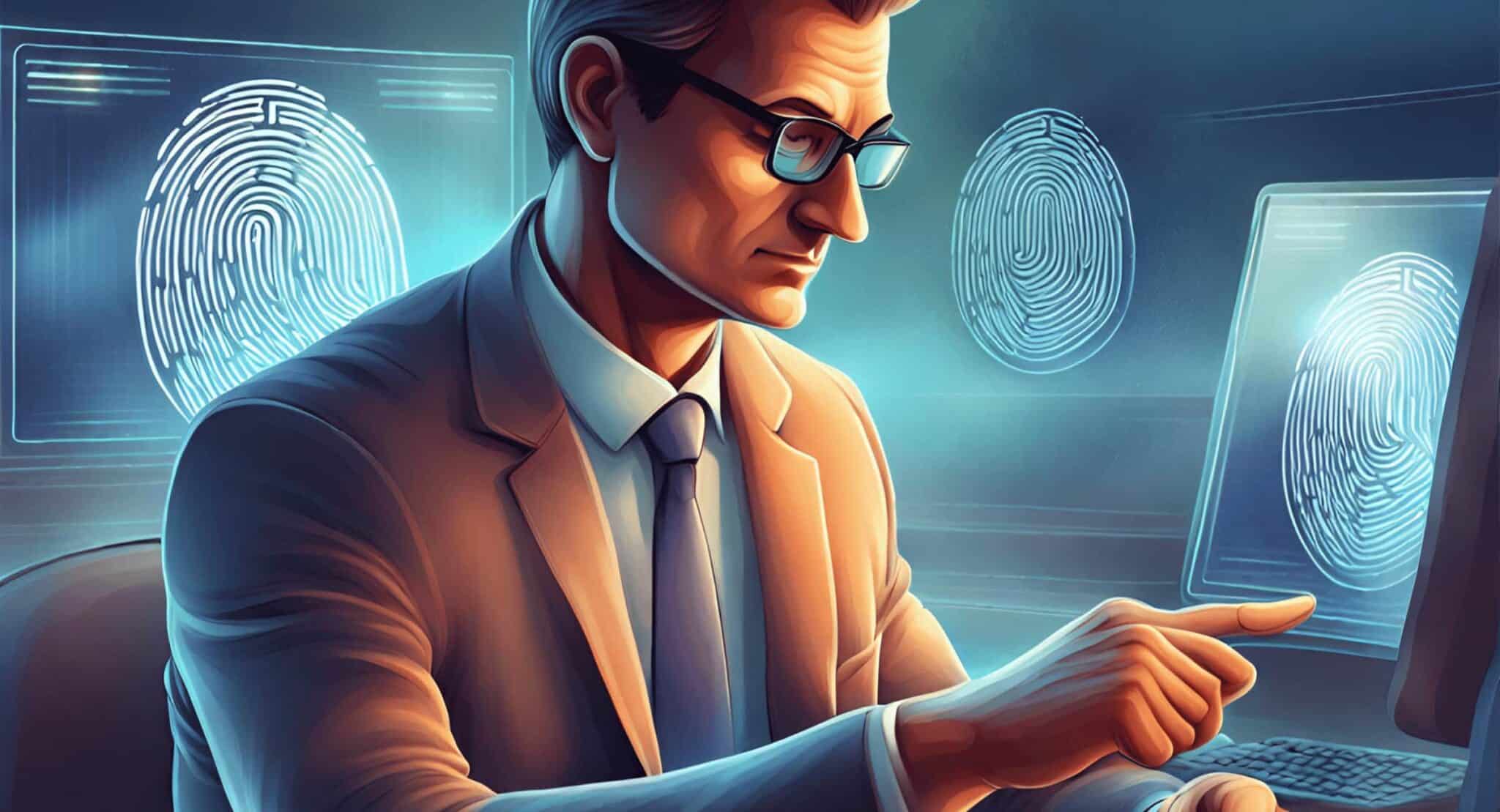Biometric authentication is a type of identification and access control used in computer science. Biometric identifiers are the distinctive, measurable characteristics used to label and describe individuals. Physiological body shape characteristics are typically used to classify biometric identifiers.
Fingerprints, palm veins, facial recognition, DNA, palm print, hand geometry, iris identification, and odor/scent are just a few examples. In particular, companies are adopting fingerprint scan technology as an employee attendance method.
Unlike conventional attendance cards, fingerprint attendance is faster, simpler, and safer in preventing employee attendance fraud. Use ERP System for comprehensive reports about your business performance in real-time!
Key Takeaways
|
Table of Content:
Table of Content
Definition of Fingerprint Attendance System
Fingerprint attendance is one type of employee attendance that uses fingerprints as the media. A fingerprint is one of the unique human identities of each individual. People who are born twins have different fingerprints. Therefore, it is hoped that each employee’s attendance will not be confused or cheated due to the uniqueness of the fingerprint.
The steps for performing fingerprint attendance are also accessible. In the beginning, employees only need to register a few fingerprints. Once registered, employees stick their registered fingers when they enter or leave work.
In addition to recording the employees’ entry and exit times, the fingerprint attendance system can also notify the daily work hours. This record will allow the HRD team to calculate working time, including overtime and benefits.
Related Article: ATTENDANCE: ABSENCE RESULTING IN SANCTIONS
History of Fingerprint
The commercialization of fingerprints began at the end of the 19th century, precisely in 1892, by Sir Francis Galton. He published a comprehensive study of fingerprints, proposing a new classification system based on all 10 fingers’ prints. Galton’s features (minutiae) are still used to identify persons today.
The FBI began working on a method to automate their fingerprint identification process in 1969, soon becoming overwhelming and requiring many man-hours. The FBI hired the National Institute of Standards and Technology (NIST) to research how to automate fingerprint recognition.
Nowadays, the use of fingerprints is increasingly massive. Not only for legal purposes, but fingerprints are present as the technology around the community. Companies use it for employee attendance processes. Also, other electronic devices such as smartphones, laptops, and even smart door-lock systems use fingerprint technology.
Disadvantages and Problems of Fingerprint Technology
1. Investment and maintenance cost
Since the fingerprint attendance system uses machines, there will certainly be investment costs for purchasing hardware and maintenance in the future. The company needs to provide the machine purchasing, maintenance, electricity, and other expenses incurred while using the machine.
After the company buys these machines, they automatically become the company’s assets, and it needs to control all of these assets for maintenance. Company may use an asset management software to simplify their machine maintenance.
2. Has a loophole
No matter how the company regulates the system to monitor employees, there are flaws that employees can use to commit fraud, including the attendance system. Although each employee’s attendance technology with fingerprints is unique, there are still flaws in fraud.
There are ways to commit fraud against fingerprints, such as photocopying fingerprints and registering two fingers at once, one of which belongs to a friend for absenteeism.
3. Flexibility
Fingerprint authentication is less flexible. Because employees have to go to the attendance machine to make attendance. This scheme is undoubtedly complicated for employees who work remotely. Employees who work from home or other places will not take attendance because they cannot visit the attendance machine.
4. Hygiene
The fingerprint attendance machine only has one place to stick the fingers for all employees. This makes the fingerprint attendance machine less hygienic because it can be a medium for spreading bacteria and viruses. Also, sometimes the fingerprint machine cannot detect if the fingers are wet or dirty.
Related Article: COMPENSATION: THE APPRECIATION OF EMPLOYEE PERFORMANCE
Conclusion of Biometric Attendance System
The fingerprint attendance system is one of the technologies that can simplify employee attendance. Even so, there are still some loopholes to absenteeism. Therefore, it would be better to use an automatic attendance system to simplify all employee attendance data.
HashMicro offers the Best HRM Software to make managing employee attendance easier for your company. Track each employee’s attendance, record all data from the attendance machine automatically, and calculate payroll, leave processes, and cash advances, and reimbursements with one integrated system.
Schedule a free demo now to experience the transformational power it brings to your operations.




































